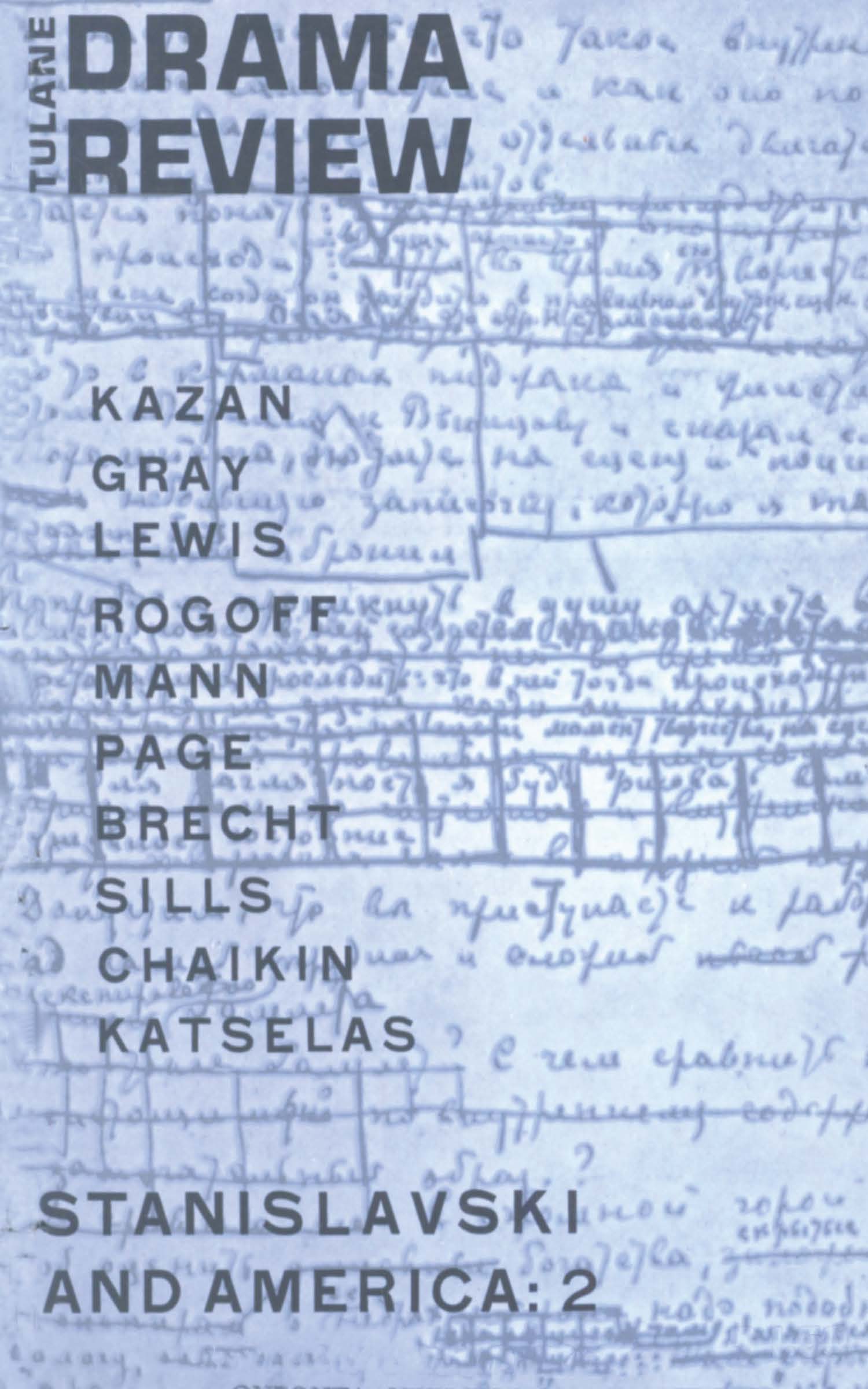Article contents
The Cat has Nine Lives
Published online by Cambridge University Press: 14 February 2022
Extract
Beneath a hot roof, on an oppressive summer's day, in a roasting room, Brick and Margaret Pollitt face each other. Brick, heated and hardening in this oven-like bedroom, turns his thoughts toward the liquor cabinet. Margaret, wanting a child by her husband (“in the oven,” as father-in-law Big Daddy would say), and tense (as nervous as a cat on a hot tin roof) because of enforced continence, turns her thoughts toward the bed.
Indeed, the two most prominent scenic elements of Cat on a Hot Tin Roof—elements which fulfill the needs both of the world on stage and the box office in the lobby—are a liquor cabinet and a bed. The former is a “monument,” and the latter is “slightly raked to make figures on it seen more easily….”
- Type
- Research Article
- Information
- Copyright
- Copyright © 1963 The Tulane Drama Review
References
1 The italics here (as in all of the quotations) are Williams'. This dialogue between Brick and Maggie is in the original Act III, but not in the “Broadway Version.” In the latter, these parallels are less clear, Maggie's motivations are made less selfish, and Brick (and to a lesser extent, Big Daddy) undergoes a miraculous change of character. Although Williams discusses at some length the reasons he changed the final act for the Broadway production, it is difficult to avoid the impression that he favors the original version. Not only does the very act of printing the earlier version together with the later one imply that he had his doubts about the latter, but he stacks the cards in favor of the original Act III. The stage directions for the original Act III are written in clear and readable prose, whereas the stage directions for the Broadway Version are written in the unreadable shorthand of “acting editions.” Thus, “Margaret appears on gallery, talking to Dr. Baugh.” becomes “Margaret enters from DR on gallery, into room through DS door. She X to Brick at LC.” The stage directions of the first two acts are written in the manner of the first quotation, not in the manner of the second.
- 1
- Cited by


